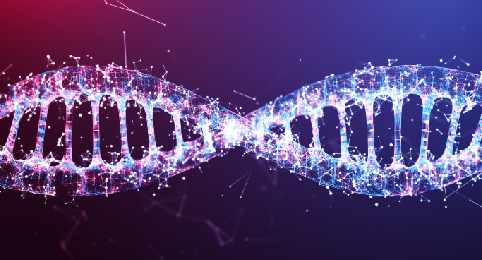DNA Digitalization

"Image by CSL from documant By Monther Alhamdoosh, CSL Director, Head of Bioinformatics and AI at Global Research Data Science"
ARTICLE 1| What is being digitized? How is the information represented digitally? | What is the goal or purpose of digitizing this thing? |
|---|---|
|
DNA is being digitized. This involves encoding binary data into synthetic strands of DNA. In order to store a binary digital file in DNA, the 1s and 0s of binary digits are converted into the letters A, C, G and T, which represent the four basic nucleotides of DNA, i.e., adenine, cytosine, guanine and thymine. |
The purpose of of digitalizing DNA is to uncover ancestry information. This allows for the easy access and sharing of genetic data. | What are the benefits and harms of digitizing this content? | Is our world better or worse because of digital representation? Explain why, giving examples from the article. |
|
Our world is both better and worse because of this digital representation because while it is easier for individuals to access their ancestry and genetic data, it can enable others to hack and access private information. |